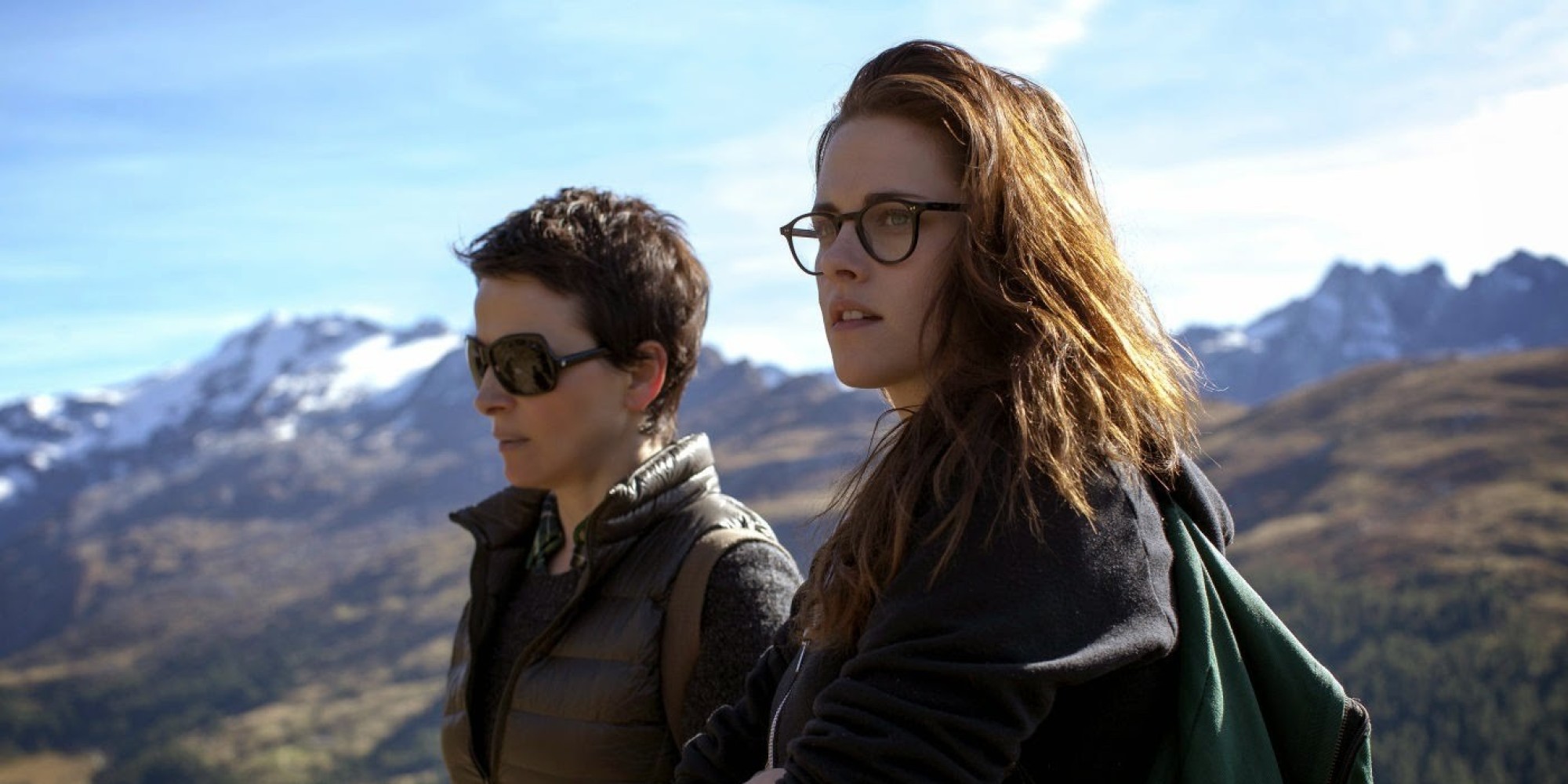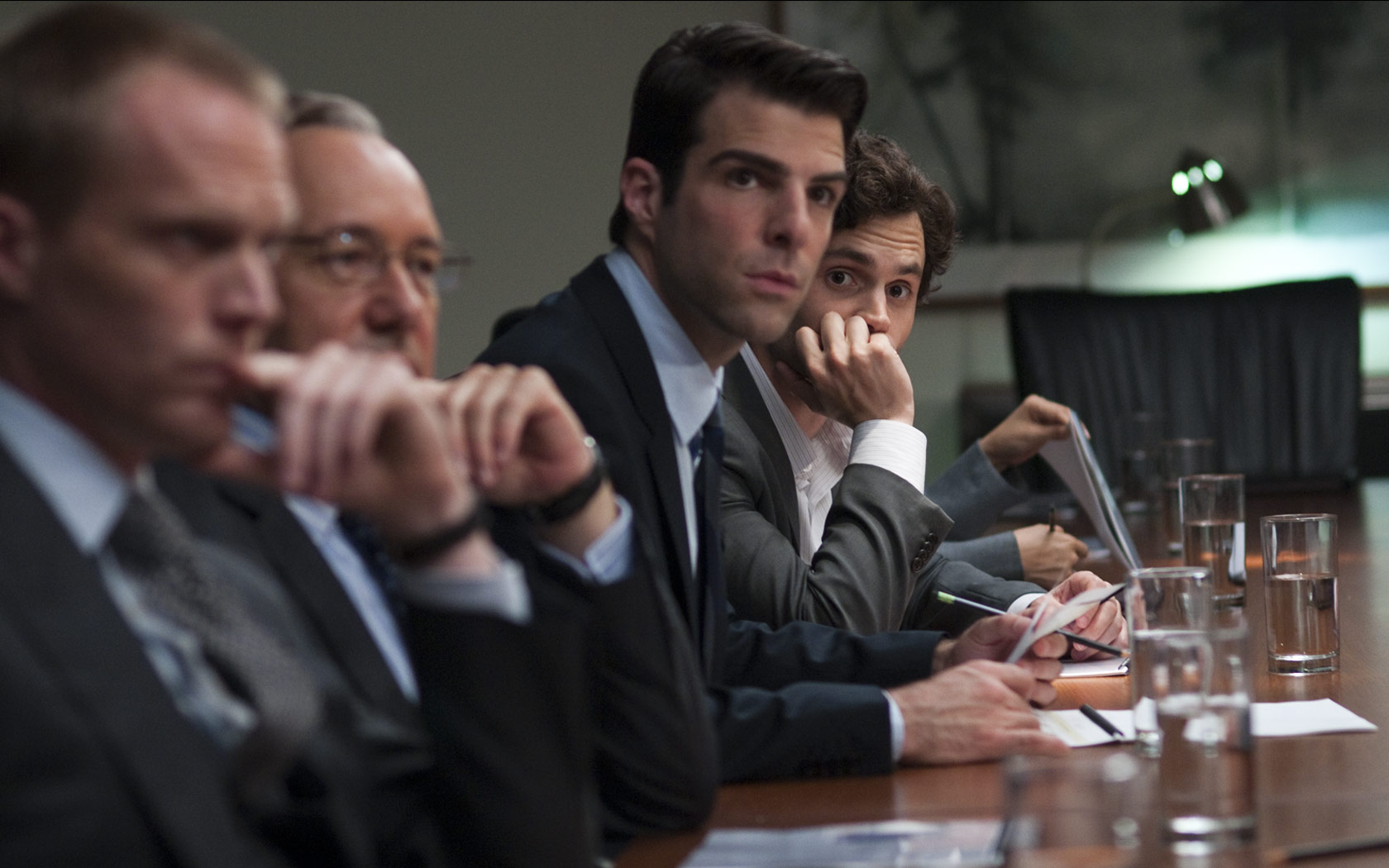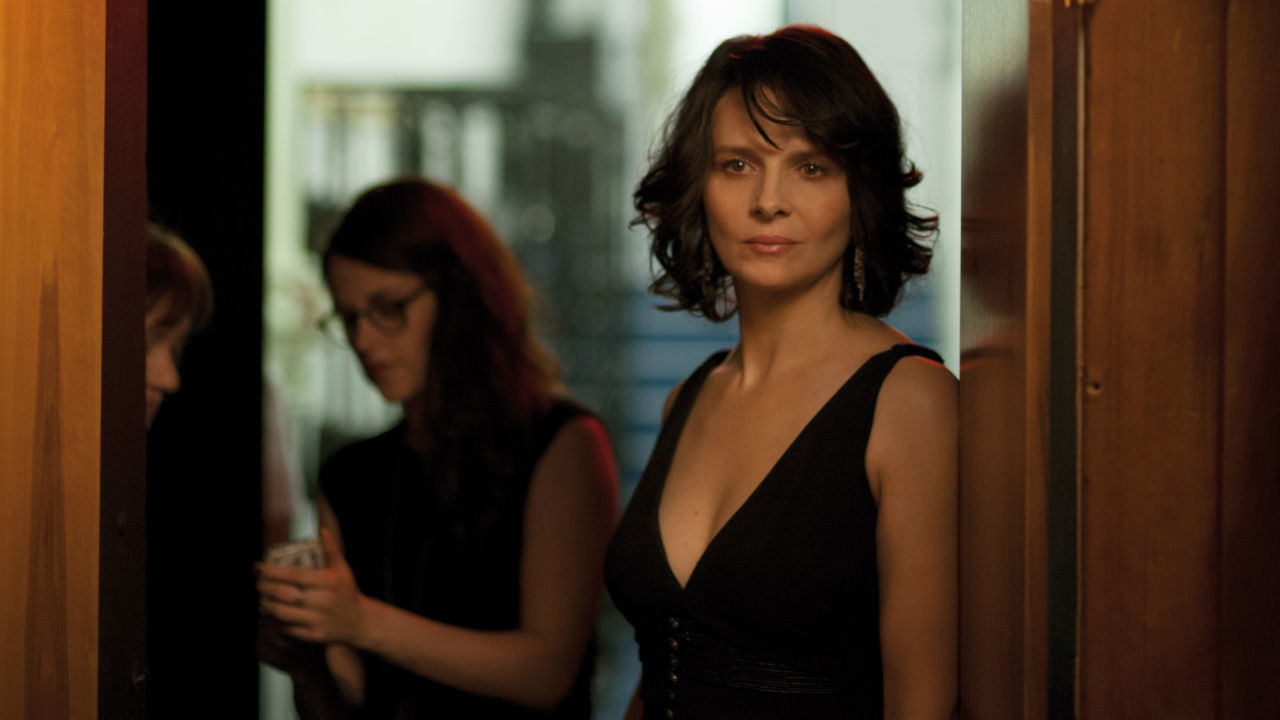Nearly every review of Oscar Assayas‘ weird, lovely Clouds of Sils Maria eventually brings up the Swedish master Ingmar Bergman, and I don’t see why this one should be any different.
The Juliette Binoche/Kristen Stewart two-hander often plays like Assayas received some sort of Five Obstructions-like challenge to conjure up something “Bergmanesque” without the benefit of Sven Nyquist or Liv Ullmann. Clouds of Sils Maria is up for the task.

As a celebrated actress returning to her iconic role, Binoche is predictably brilliant: brittle, full of self-doubt at this late stage in the game, but also deeply proud of her craft. Stewart plays her personal assistant, with whom she rehearses lines in a remote location in the Swiss Alps as prep-work.
As in Bergman’s Persona, Assayas’ clear touchstone and another portrait of two women on uneven ground in an isolated environment, some odd transferences start haunting the film. Then they haunt the play-within-the-film. And then they haunt the play-within-the-play-within-the-film. It’s that sort of affair.

The leads are brilliant — Binoche absolutely captures her funhouse-mirror twin of a character, and Stewart, somewhat unexpectedly emerging, post-Twilight, as one of cinema’s great talents in recent years, is revelatory here.
As in Assayas’ earlier Irma Vep, there’s enough meta here to power a small country (or at least a cabin in the Alps), and Clouds of Sils Maria is never less than engrossing.
(Streaming on Netflix)
Quick Links

There’s no shortage of cinematic treatments of the 2008 financial crisis, but J.C. Chandor’s Margin Call might be the most accomplished of the bunch.
It works as a thriller and as a deeply cynical take on the industry, generating outrage and even some dark laughs, all without once deploying a bathtub lecture from Margot Robbie. (Sorry if you were hoping for that.)
In some ways, Chandor’s taut vision has more in common with Oliver Stone’s Wall Street than The Big Short, complete with a scene-devouringly villainous turn from Jeremy Irons. But the cast is stellar from top to bottom, and it keeps you on the edge of your seat even though we all know how the world of sub-prime mortgages turned out. It’s simply well-done all around: a gripping, unsettling portrait of morally fraught characters on the verge of disaster.
(Streaming on Amazon Prime)

A trifle, but an engaging one (for all of its six minutes).
Director Oscar Boyson produced Noah Baumbach’s Mistress America and Frances Ha — facts that can serve either as an invitation or a threat, depending where you’re seated — and it shows. His Ciao, Lola is a love letter both to screwball comedy and the city of Venice, where a visiting boyfriend is unnerved to discover just how well his expatriate love has immersed herself in the local scene.
If you don’t expect much more than some cute interactions, some tomfoolery, some clever blocking and tracking shots, and some Venetian charm, you’ll walk away pleased. As shorts go, this isn’t a mindblower. But, if you’re in the right frame of mind, it’s delightful.
(Streaming on LeCinemaClub)

Somehow serving as both the worthiest entry in the “Nic Cage is in Las Vegas” canon and “Brian DePalma’s gonzo Rashomon,” Snake Eyes is all sorts of batshit. Would you expect less from this pairing?
Cage is a semi-corrupt cop out of his element with the big boys here. He thinks he’s running a scam at a prize fight, but other scammers have plans that far outstrip his penny-ante conspiracy.
The entire structure DePalma sets up is bonkers. We return again and again to crucial moments that, in hindsight, reveal the plot (and I do mean “plot”). Nic doesn’t go full-Cage here, but he’s serviceable enough for the material, and the rest of the cast rounds out the hijinks.
If you have an empty Cage-hole, this is absolutely a top-shelf choice to go ahead and shove in there.
(Streaming on Netflix)
Une Femme Coquette

And in the day’s biggest news, and the kind of thing that makes cinephiles lose their collective minds, Jean-Luc Godard’s first attempt at a narrative film Une Femme Coquette has shown up out of nowhere. Shot when he was just 24, it’s long been considered something of a holy grail for devotees, as the AV Club’s Ignatiy Vishnevetsky explained in 2014:
Une Femme Coquette is the most elusive rarity of the French New Wave, and possibly the most difficult-to-see film by a name filmmaker that isn’t believed to be irretrievably lost. Actually, plenty of references list it as lost—which, again, it isn’t—because it’s never been distributed and because no film archive or public collection will cop to owning a print.
And now, because everything is bizarre no matter where you look, it’s on YouTube, and presented below. You’ll have to learn French if you want to appreciate it fully, but you were probably planning to do that anyway.

